Glossary
Definitions with extra insight
-

Terroir
‘Terroir’ is a French term, steeped in sentiments, debates and controversy. Though it fundamentally translates to “a sense of place”, its meaning varies for different people. Terroir encapsulates the unique blend of both natural and human influences that endow wine with its distinct character. It speaks of everything from the soil’s constitution where the grapes…
-

Orange Wine
Orange wine is a type of wine made by fermenting white grape juice in contact with its skins for an extended period. This process is similar to how red wines are made, but it’s applied to white grapes. The extended skin contact gives the wine its characteristic orange or amber hue. The practice of making…
-

Natural Wine
Natural wine, sometimes referred to as ‘natty wine’, is a type of wine that’s made with minimal intervention in both the vineyard and the winemaking process. Typically, this implies grapes that have been picked by hand and grown organically, with no additions. This means no added yeast, enzymes, enrichment, acidification, filtration or temperature control. The…
-

Ripasso
The word “Ripasso” literally means ‘re-passed’ in Italian. This term is used to describe a specific winemaking technique that involves a second fermentation process. Originally, this method was developed in the Veneto region of Italy, and it is most commonly associated with Valpolicella wines. After the initial fermentation of the wine, the young wine is…
-

Appassimento
An Italian winemaking technique where grapes are partially dried before fermentation. This process concentrates the sugars and flavours in the grapes, resulting in wines that are richer, more robust and often higher in alcohol content. The technique is most commonly associated with Italy, particularly for wines like Amarone and some styles of Valpolicella. The length…
-
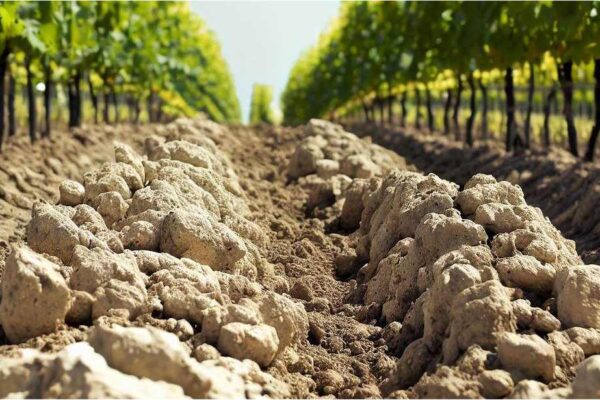
Minerality
Minerality is a term used to describe a set of characteristics in wine that are reminiscent of flavours, aromas, or sensations that evoke wet stones, flint, chalk or other mineral-like qualities. The source of taste of minerality in wine is a complex and debated subject. Some believe it comes directly from the minerals in the…
-
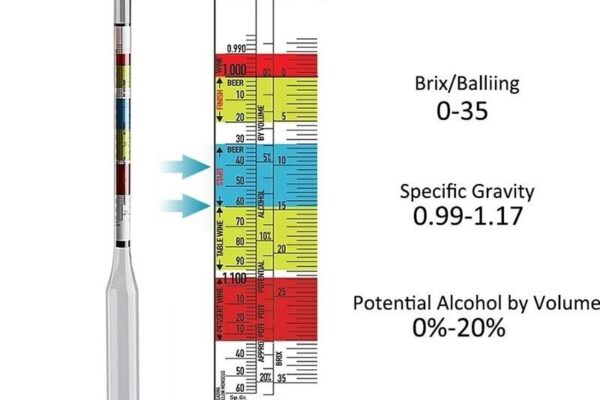
Hydrometer
I sometimes use a hydrometer to measure the sweetness of wines (at home!), particularly when I am unsure of the sweetness. While it’s usually easy to assess whites, reds can sometimes be deceiving. A hydrometer measures the specific gravity (SG) of a liquid, which is a measure of its density relative to water. In winemaking,…
-

Finish
The wine finish refers to the taste that lingers after tasting a wine. Finish is an important aspect that reveals the depth, complexity and quality of a wine. The finish can vary greatly, being short or long, simple or complex and smooth or harsh. Factors such as the type of grape, the terroir, winemaking techniques,…
-
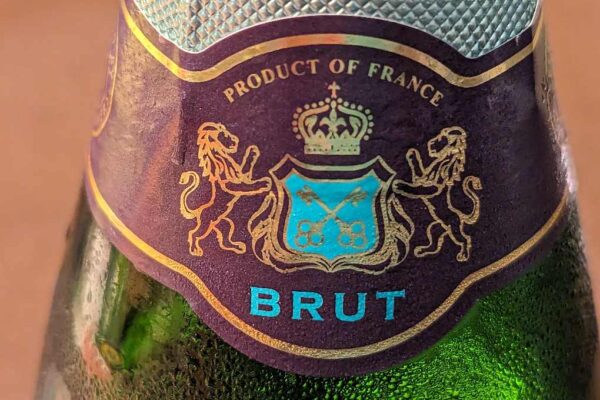
Brut
In the sparkling wine industry, the term ‘Brut’ is used to classify the sweetness level of the wine, which is determined by the amount of residual sugar left in the wine after fermentation. Here is a broad classification of the sweetness levels, starting from the driest:
-
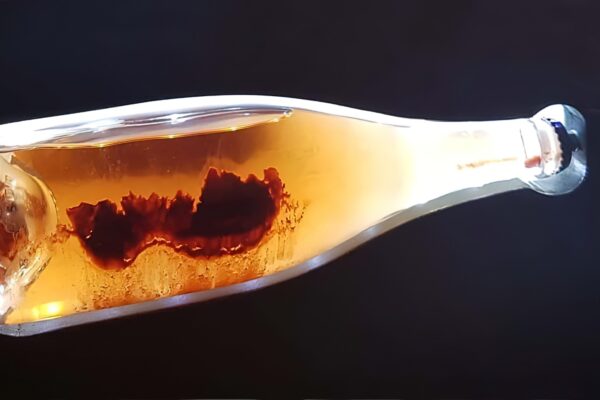
Lees
Wine lees are the solid remnants that settle at the bottom of the fermentation vessel during the winemaking process. They are a mixture of spent yeast cells, grape particles and other organic matter. Some wines, like Champagne, certain Chardonnays and Muscadets, are aged on their lees, a process known as “sur lie” aging. This can…
-
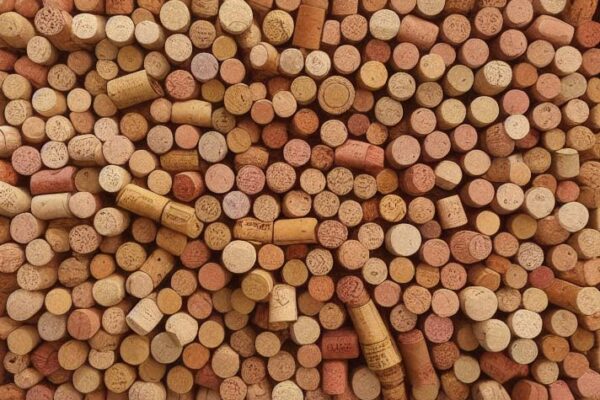
Corked
A term that denotes a wine that has suffered cork taint, which is characterised by a mouldy, musty or wet cardboard smell or taste. This condition is not related to the bits of cork that occasionally fall into the bottle when opening. Instead, it refers to the wine being tainted by a chemical compound called…
-
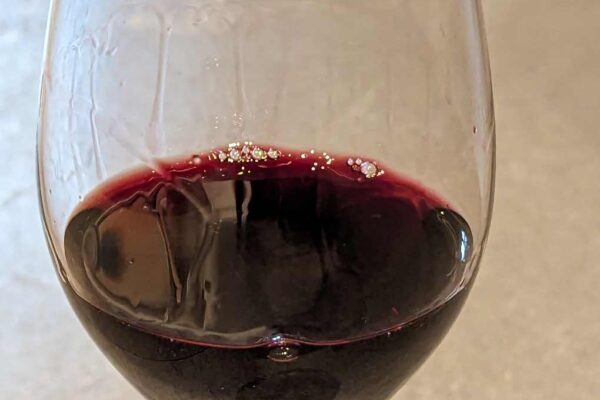
Wine Legs
The tracks of liquid that cling to the sides of a glass after the contents have been swirled. Also known as wine tears. This happens due to interaction between several factors: the alcohol content in the wine, the surface tension of the liquid, and the phenomenon known as the Gibbs-Marangoni effect. The Gibbs-Marangoni effect, describes…
-

Acidity
The presence of natural fruit acids that lend a tart, crisp taste to wine. Essential for balance and structure in the wine and its longevity. Acidity is an inherent trait present in all wines, which is characterized by a pH level below 7. Generally falling within a range of 2.8 to 4.0, wine acidity is…
-
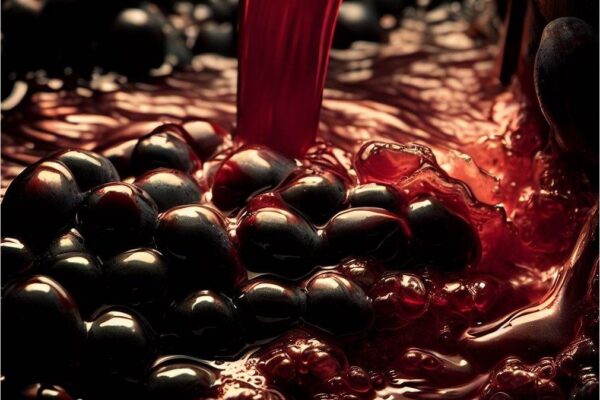
Tannin
Tannins are natural compounds, known as polyphenols, found in the grape skins, seeds and stems that contribute to the drying, astringent sensation in the mouth. The name ‘tannin’ comes from the old French word ‘tanin’, meaning tanning substance. This is because tannins were historically used in the process of tanning animal hides, due to their…
Did You Know?
For Crémant, grapes must be harvested by hand and the wines must undergo at least nine months’ ageing before release. More
In 2024, the UK was the second-largest export market for Champagne globally, after the United States. More
Local UK bottling of wine represents about 40% of imported wine. More
Around 1% of people, typically severe asthmatics, have a sulphite sensitivity. More
A large 80% of Australian wine arrives in the UK in bulk. More
Only about 0.02% of Australia’s landmass is dedicated to vineyards. More
In 2024, New Zealand produced only 1% of the World’s wine. More
In 2024, the US imported 37% of World production of Pinot Grigio and the UK was is in second place at 27%. More
In 2024, the UK was South Africa’s largest export market, with 40% of total exports. More
In 2024, the United Kingdom imported 22.3 million bottles of Champagne, a decline of 12.7% compared to the previous year. More
Larger Champagne producers source grapes from as many as 80 different vineyards throughout Champagne. More
Champagne houses and growers collectively produce around 300 million bottles annually. More
In 2025, the Champagne region was home to about 2,124 Champagne houses and approximately 19,000 growers. More
Provence is one of the leaders in the conversion to organic viticulture, with 61% of vineyards certified. More
8% of the South Africa’s grape production is Fairtrade-certified. More
Up to 80% of wine aroma compounds come from grape skins. More
Glycerol is the third-largest component of most dry wines after water and alcohol which is why they so often feel ‘smooth’ or ‘silky’ in the mouth. More
Humans are more than 400 times more sensitive to bitter than sweet. More
Humans can detect the earthy molecule geosmin at about 100 parts per trillion and camels are so sensitive to it they can locate damp ground from roughly 50 miles away. More
During the phylloxera crisis of the nineteenth century, 90% of Europe’s vineyards were destroyed. More
In 2025, for La Vieille Ferme, also known as “The Chicken Wine”, sales surged by 49.4% to £110.8 million. More
In 2025, in the UK, Yellow Tail held the top position with sales, marking a 9.8% increase over the previous year. More
In 2024, the UK was the second-largest wine importer in volume and value. More
In 2024, the UK was the fifth-largest wine-consuming country globally. More
In 2025, global wine consumption continued its downward trend, estimated at 214.2 million hectolitres, the lowest since 1961. More
In 2025, online alcohol sales had a 20% increase in value over five years. More
In 2025, the number of UK vineyards rose to 1,104 and wineries to 238, with land under vine expanding to 4,841 hectares, a 510% increase since 2005. More
Moët Hennessy alone commands nearly 46.66% of the Champagne market, with the top three producers together holding about 61%, and the top five controlling over 72%. More
In 2024, the Champagne market was worth roughly €3.92 billion. More
In the marketing year 2023/24, white wine accounted for roughly 55% of Spain’s output, whereas red and rosé together made up about 45%. More
In the UK, 92% of wine is consumed within 48hrs of purchase. More
The majority of wines, 95%, use commercial rather than wild yeast. More
Between 0.5 and 10 litres of water, per litre of wine, are needed for cleaning during winemaking. More
Machine harvesting can achieve up to 100 tons of fruit per day vs 1 ton for a human. More
In Germany, 2025 was the smallest wine vintage since 2010. More
The majority of vineyards, 90% in 2019, are farmed with heavy chemical interventions. Only 6% are organic. More
90% of low and coastal areas in south Europe and California will no longer be able to produce good wine by the end of the century. More
Tools
Recent
-

Black Chalk Classic
-

Journey’s End Sir Lowry Cabernet Sauvignon
-

Best from The Global Wine Masters 2025
-
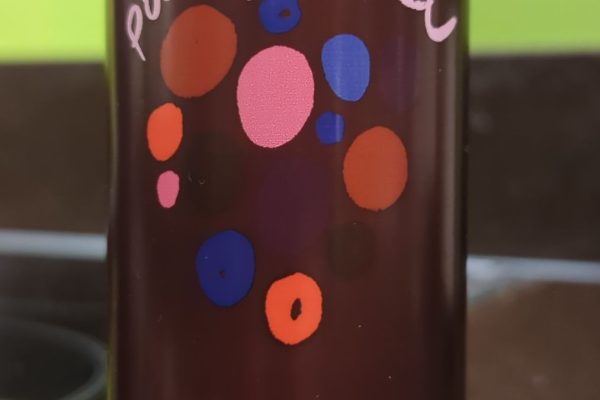
Poulsard Fruitiere Vinicole D’Arbois
-

Iskar Rară Neagră
-

The Bibendum Wine Trend Report and What it Means for UK Wine Lists
-

25% Off Specially Selected Wine at Aldi
-

Moillard Crémant de Bourgogne Chardonnay
-

Light Strike Can Cause Wine Degradation in Just One Day
-

Château Méaume Matured Bordeaux Supérieur
Tags
25% Off Wine Aldi Amarone Argentina Articles Asda Australia Award Awards25 Bibendum Bizarre Blog Books Bordeaux Cabernet Sauvignon Carménère Cava Champagne Chardonnay Chile Climate Change Coop Costco Decanter Duty English Wine EPR Events Fairtrade Food France Furmint Germany Glossary Greece Headaches Health Hungary Italy IWSC Jeroboams Laithwaites Legislation Liberty Wines Lidl Low Alcohol M&S Majestic Malbec Merch Merlot Morrisons Natural News New Zealand Non-Alcoholic Ocado Old Vine Organic Past Tastings Pinotage Pinot Noir Port Portugal Primitivo Prosecco Regulations Reviews Ribera del Duero Riesling Rioja Ripasso Rose Sainsbury's Saperavi Sauvignon Blanc Shiraz Sicily South Africa Spain Sparkling Supermarkets Sustainable Tax Terroir Tesco The Wine Society Unrepresented USA Valpolicella Vinho Verde Virgin Wines Waitrose Wanderlust Welsh Wine What to Buy Wine Art WineGB WIne Glasses Zinfandel



